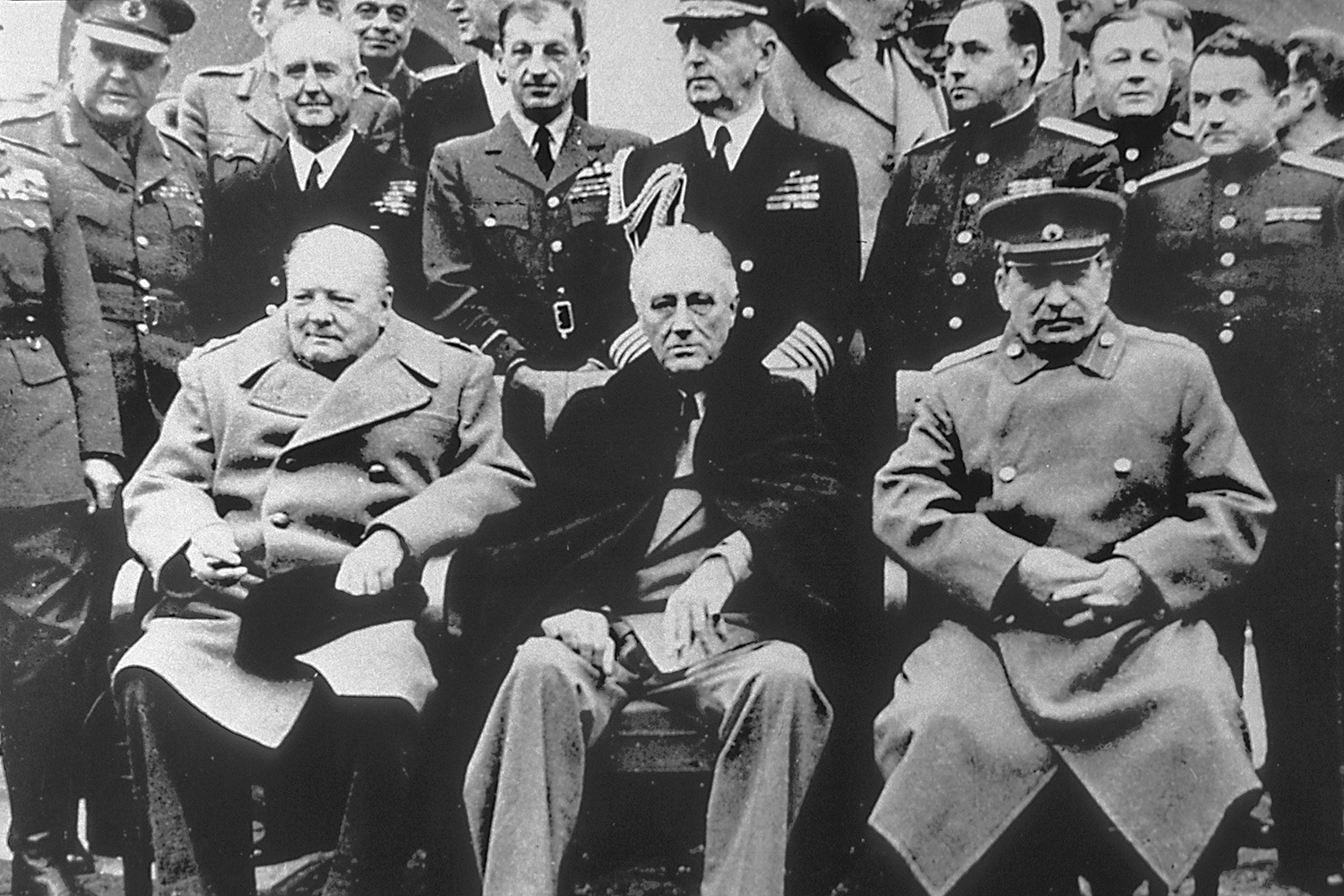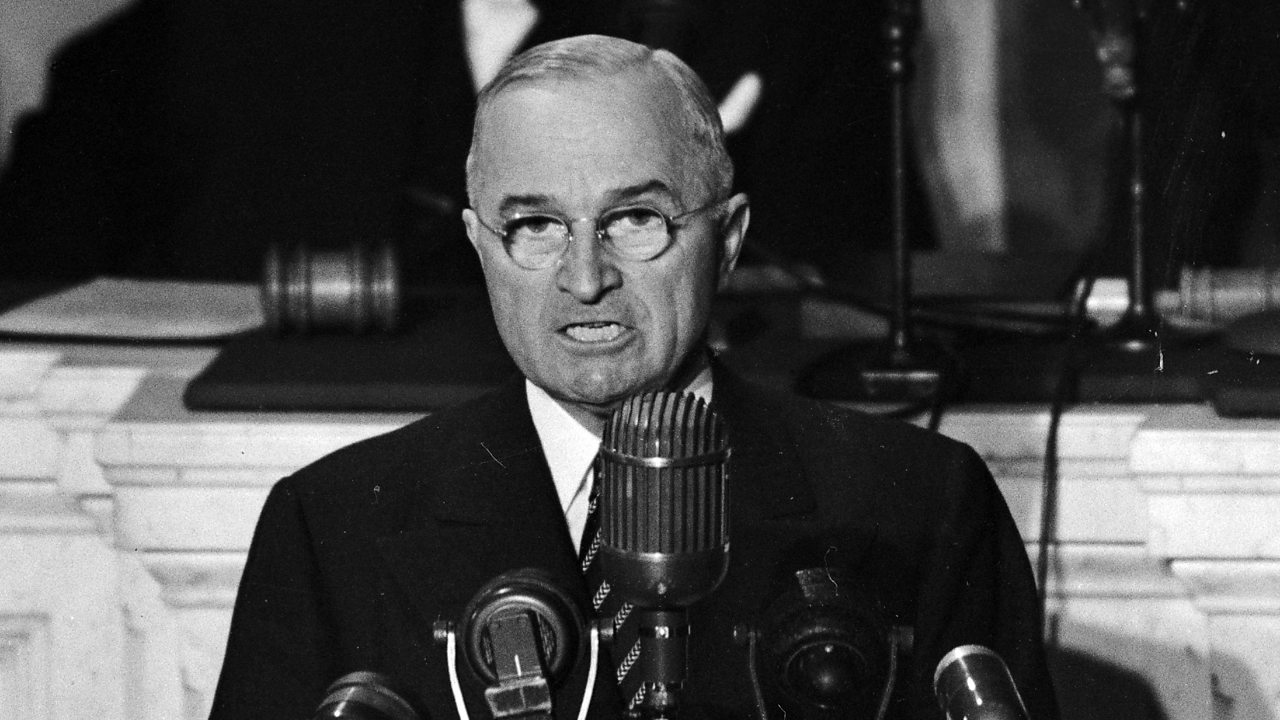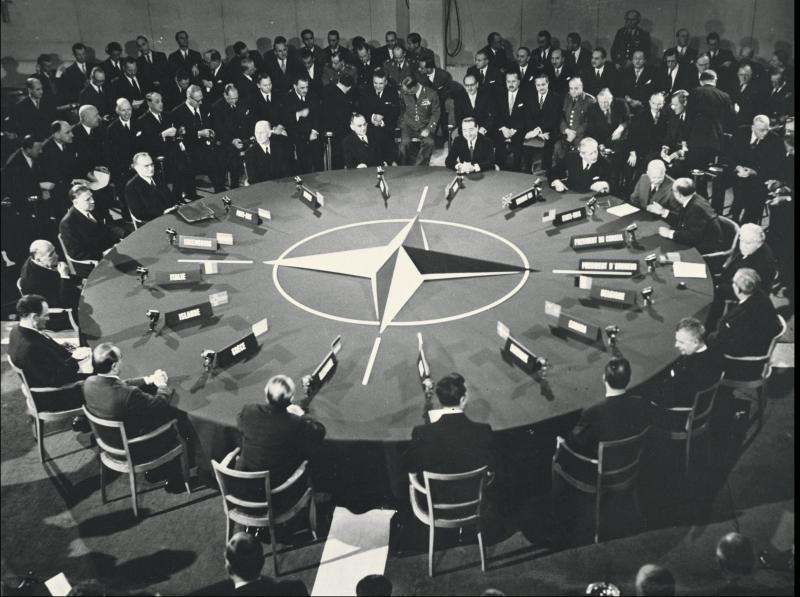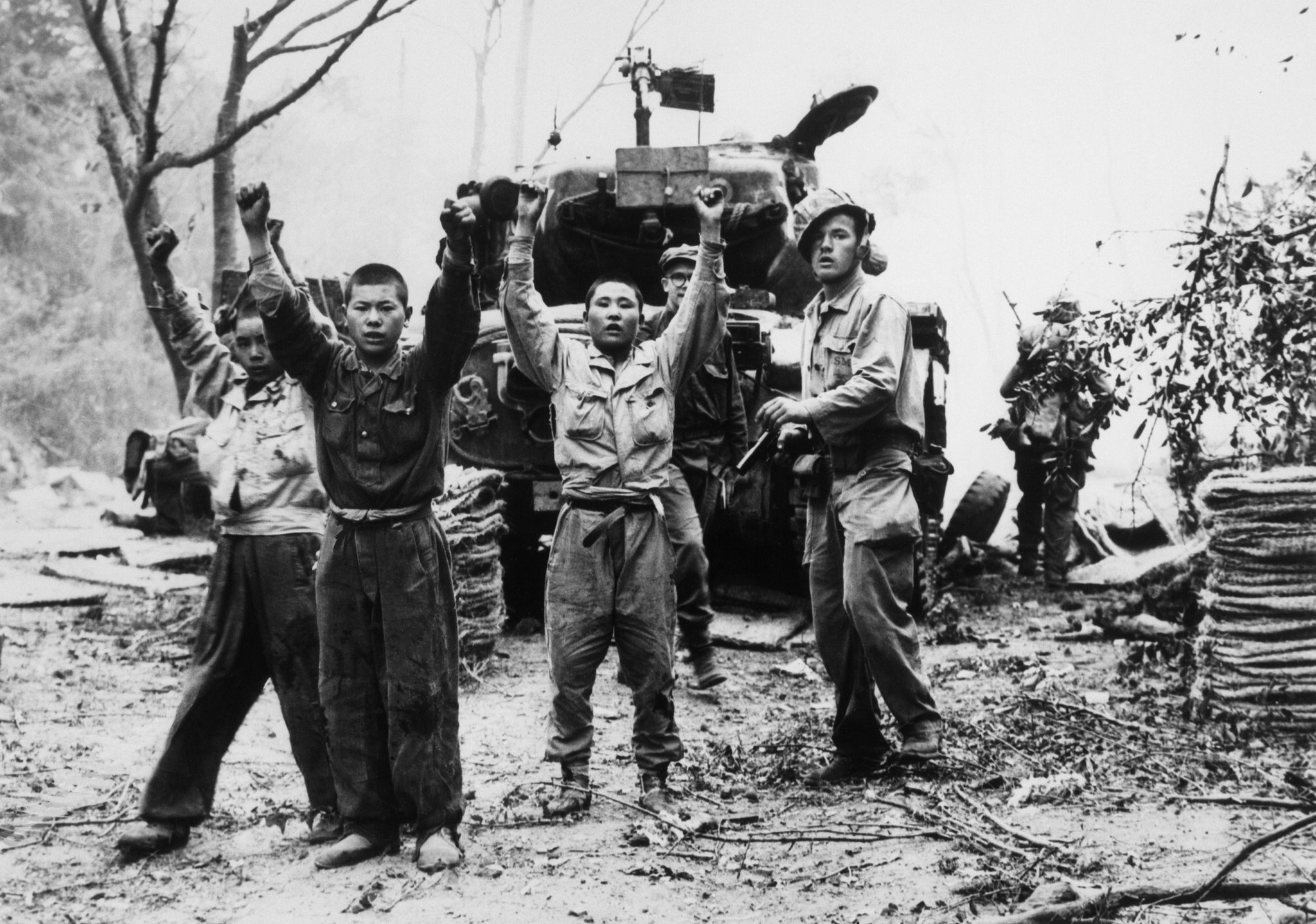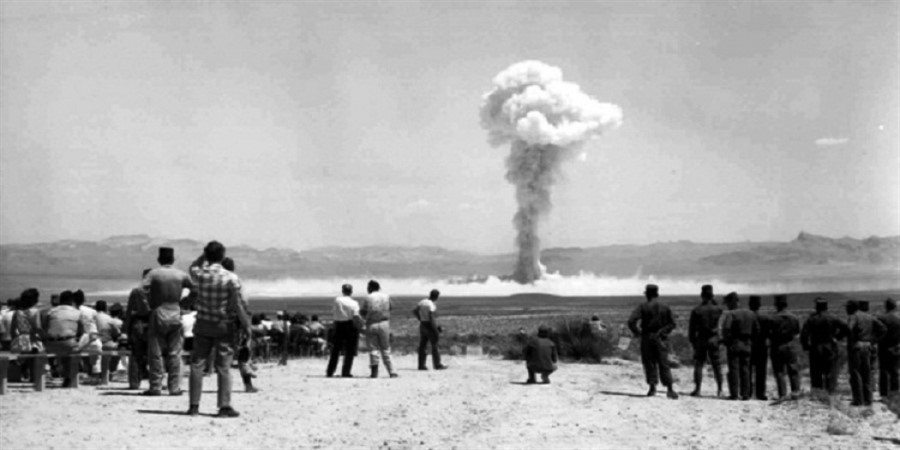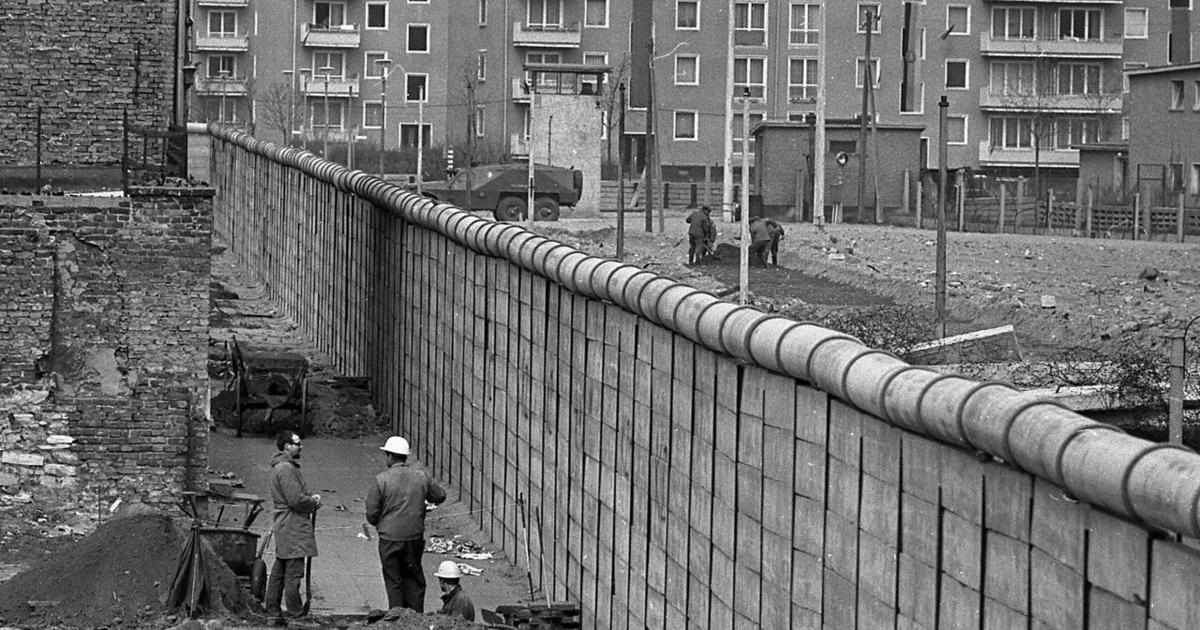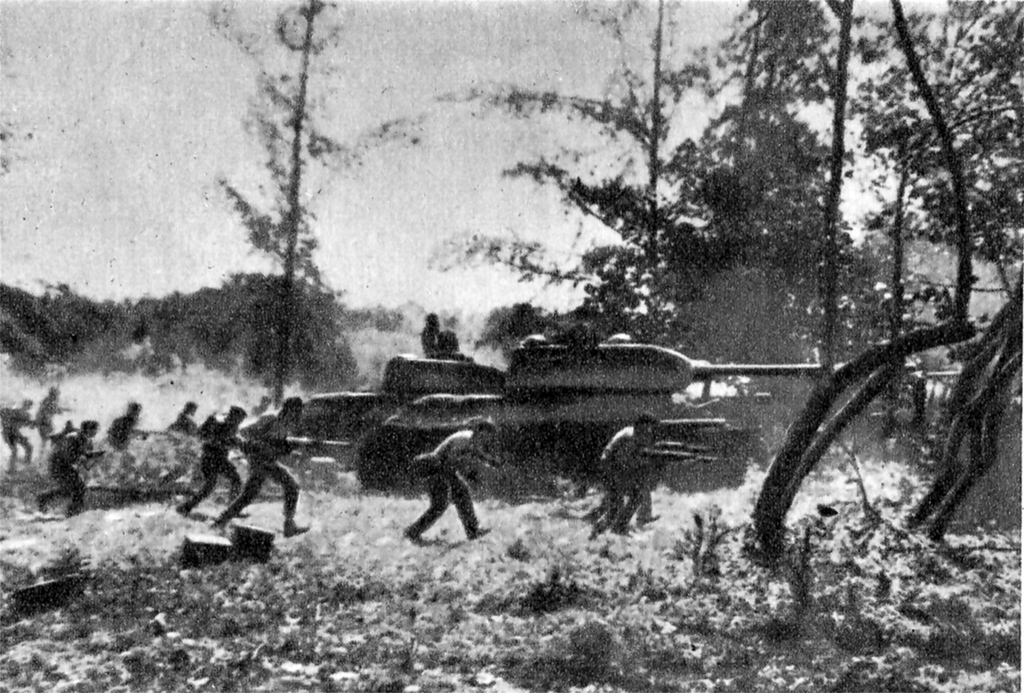Top Lists
10 Events that Led to the Cold War of 1945 to 1990
War is one of the most destructive events in human history and this article will take a look at the events that led to the cold war.
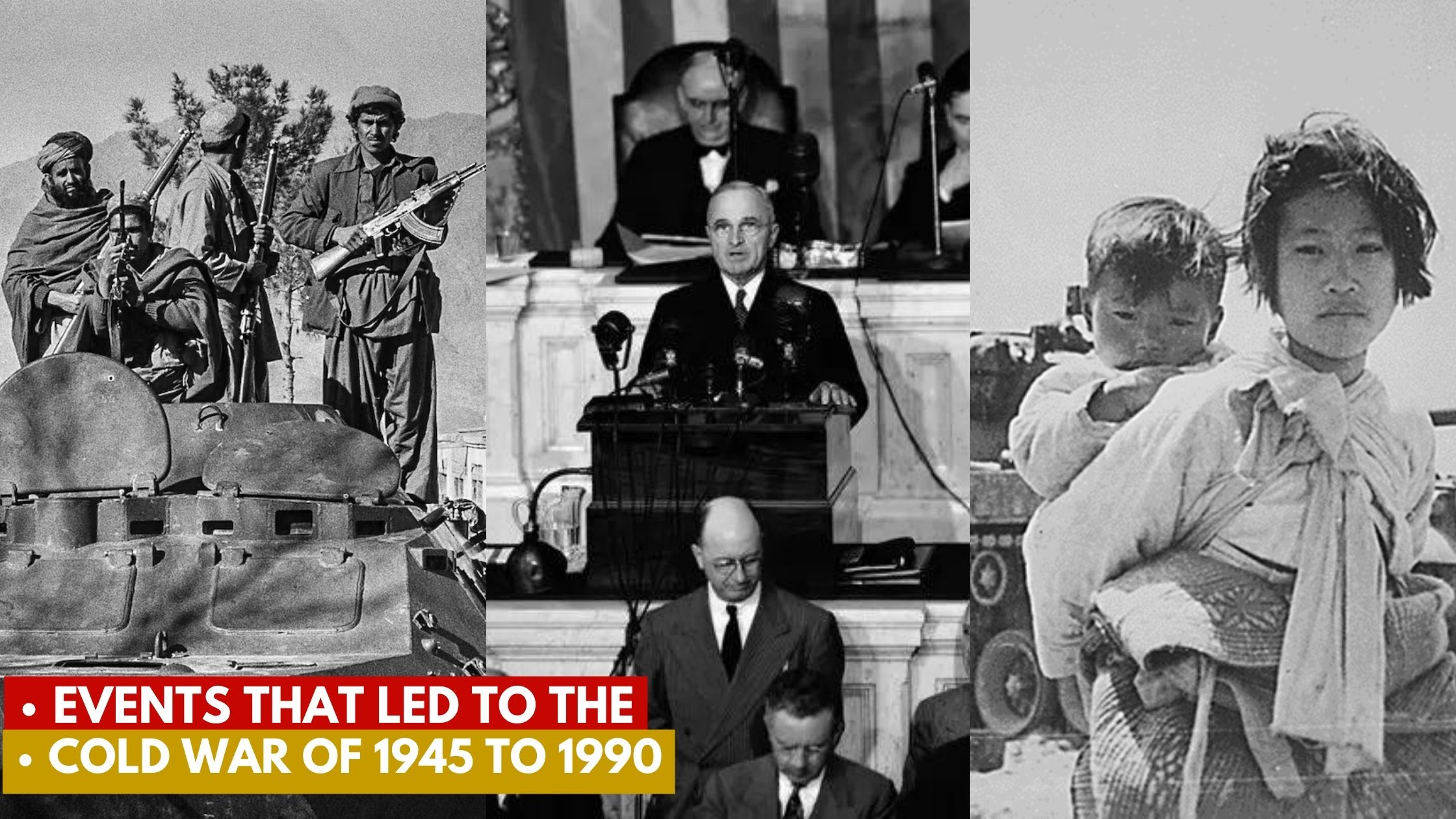
War is a brutal display of a nation’s strength, driven by various reasons like asserting dominance or safeguarding sovereignty. However, it remains one of humanity’s most destructive events. Usually, wars occur between stronger and weaker nations, as no country willingly engages in a conflict it knows it will lose or against a superior adversary without some advantage.
In today’s world, wars have evolved beyond arrows and spears. Now, nations possess weapons of mass destruction that can devastate millions in moments. The Cold War, unlike the World Wars, was fought through ideas, propaganda, politics, and atomic diplomacy, rather than just advanced weaponry.
In this article, we will look at the top events that led to the cold war of 1945 to 1990, events which are not just mere talks and ideologies, events of actions between rival developed countries and their allies at the end of World War II. This article will detail the events of political and military tension that led to the cold war between the Western Bloc (the United States and its allies) and the Eastern Bloc (the Soviet Union and later the People’s Republic of China).
10 Events that Led to the Cold War of 1945 to 1990
1. Yalta Conference – 1945
When the second world war finally ended on the 2nd of September 1945, the Allied leaders the big three which are the United Kingdom, the United States, and the Soviet Union fought against the Axis powers, led by Nazi Germany, the Empire of Japan, and the Kingdom of Italy. In a conference hosted by the Soviet Union leader Joseph Stalin along with other heads of government decided the events that were to happen after WW II and the fate of Germany after the lost war.
The meeting was held to discuss the post-war order in Europe, along with the economic and political stability of the region, but the aim of the conference was not achieved as the difference between the communist Soviet Union and the Capitalist United States disagrees on the ideologies of what it means to restructure Europe. The deterioration in relations leads to the dissolution of the Allied nations.
2. Truman Doctrine – 1947
In 1945, President Truman, who was previously Vice-President during WW II, introduced the Truman Doctrine. It was a letter to Congress and a speech, outlining America’s foreign policy of aiding and supporting democracies against authoritarian rule. The goal was to prevent the spread of the Soviet Union’s influence and ideologies. This would later lead to the formation of NATO which marked the beginning of the Cold War, a competition among world powers for global dominance.
3. North Atlantic Treaty Organization – 1949
NATO which was formerly called North Atlantic Alliance when it was formed in 1949 is one of the few remaining institutions that was formed after the end of WW II ended. The organization which was formed to preserve and protect member states is an intergovernmental military alliance between 31 member states – 29 European and two North American. NATO exists to defend all its members mainly against the Soviet Union USSR and any third-party attacks. Although the Soviet Union was dissolved, the organization remain even more committed to its cause and keeps increasing its military strength. NATO is one of the major events that led to the cold war.
4. Korean War – 1950
The Korean War is one of the events that led to the cold war. Mainly the fight was between the divided country in the Korean peninsula which is socialist and Soviet-aligned North Korea and the capitalist, Western-aligned which is South Korea. The division of the peninsula came after the Empire of Japan which had annexed the region in 1910 surrendered after its defeat in WW II. After the war, the Korean Peninsula was divided into two, the North which was occupied and backed by the USSR, and the South backed and occupied by the United States. The war began when North Korea backed by communist Russia and China invaded the South which was backed by the United States and the United Nations intervention.
5. Suez Crisis – 1956
In 1956 the President of Egypt nationalized the foreign-owned Suez Canal Company, which then in turn led to the coalition of the armed forces of the British led troops and the French army with the Isreal Defence Force to launch an attack, invading Egypt to retaker the Suez canal back and deposed the President who had nationalized the company. Although Israel’s objective was a little bit different from the Western power, it, however, seeks to re-open the blocked Straits of Tiran. Due to political pressure from the United States which threatened to sell the U.S. government’s pound sterling bonds and the Soviet Union, and the United Nations, the three forces has to withdraw from the campaign. Although Israel was able to achieve some of its aim like the reopening of the Straits of Tiran, British and French forces were however humiliated which signified the end of the Great British Empire’s role as one of the major world power. The war which took 9 days to end was one of the shortest wars with devastating human loss in history.
6. Gerboise Bleue – 1960
In the cold war which is a war built on ideology, political war, and race against time that nations of the earth wish to redefine what it meant to be a major world power. Gerboise Bleue was one of the events that led to the cold war between many countries in the world. With the United States being the first nation on earth to use a nuclear weapon it proved urgent for many other contending nations the grab on the world power to follow suit and that is what the French did. The first French nuclear test was codenamed Gerboise Bleu. The Nuclear test which proved to be successful was conducted on the 13th of February 1960 on the Algerian soil of the French colony during the Algerian War a struggle to gain independence.
7. Berlin Wall built by the Soviets – 1961
After the end of WW II Germany was still suffering from the losses it had accumulated from the war with the Soviet Union and the Western nation deciding its fate. In 1961 the Berlin Wall which is also known as the Wall of Shame was built by the Soviet Union to keep the citizens of the controlled Soviet area known as the eastern block from emigrating to the western controlled part by the United States, The British, and the French. The Erected Wall was a guarded concrete barrier that encircled West Berlin of the Federal Republic of Germany (FRG) from 1961 to 1989, separating it from East Berlin and the German Democratic Republic (GDR).
8. Bay of Pigs Invasion – 1961
In 1961, President John F. Kennedy approved a CIA plan to invade Cuba with 1,500 Cuban exiles, hoping for a local uprising. This was triggered by the exile of President Carlos Prío to Miami, inspiring Castro’s 26th of July Movement against the dictator Batista.
After the Cuban Revolution, Castro nationalized American businesses, prompting the U.S. to plan Castro’s overthrow. The Bay of Pigs invasion on April 17, 1961, turned disastrous, leading to many invaders being killed or captured within two days. The USSR used this as propaganda and pledged to protect Cuba if necessary, causing tension during the Cold War.
9. Soviet Invasion of Afghanistan – 1979
In 1979, the Soviet Union invaded Afghanistan to support the Soviet-controlled Democratic Republic of Afghanistan. They fought against guerrilla groups known as the “Mujahideen,” who received aid from several countries, including the US, UK, and Pakistan. The war drained the Soviet Union’s military, economic, and political resources, ultimately contributing to its downfall. The conflict played a significant role in shaping the events of the Cold War and eventually led to the end of it.
10. Paris Charter – 1990
The Paris Charter which was hosted in France in 1990 was of the last events that signaled the end of the cold war before the Soviet Union’s dissolution in 1991 making the United States the world’s only superpower. The summit which was attended by over 34 countries in the world seeks to reshape Europe while seizing the opportunity of the failing communist system to determine the faith of the region. Additionally, the Parish Charter was a peace conference of the Cold War to put an end to the ideological and political division between the waging nations contesting for world power.
10 Events that Led to the Cold War of 1945 to 1990
- Yalta Conference – 1945
- Truman Doctrine – 1947
- North Atlantic Treaty Organization – 1949
- Korean War – 1950
- Suez Crisis – 1956
- Gerboise Bleue – 1960
- Berlin Wall built by the Soviets – 1961
- Bay of Pigs Invasion – 1961
- Soviet Invasion of Afghanistan – 1979
- Paris Charter – 1990

